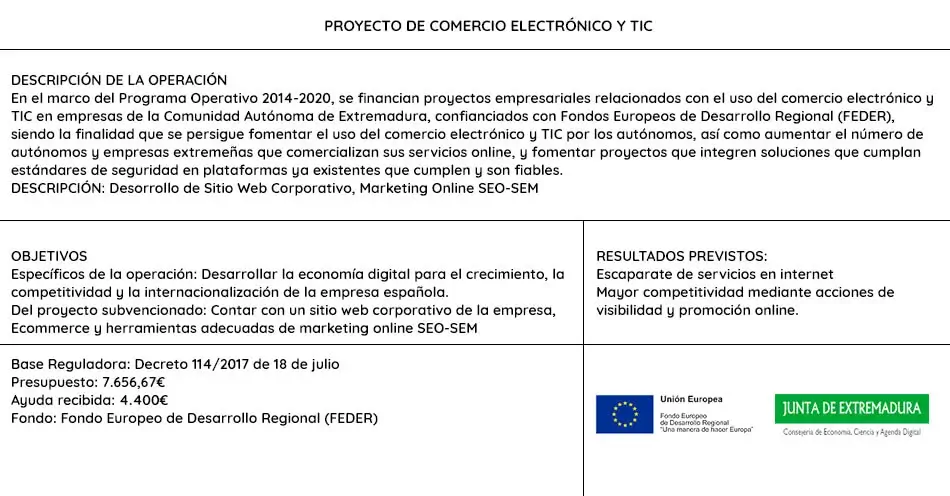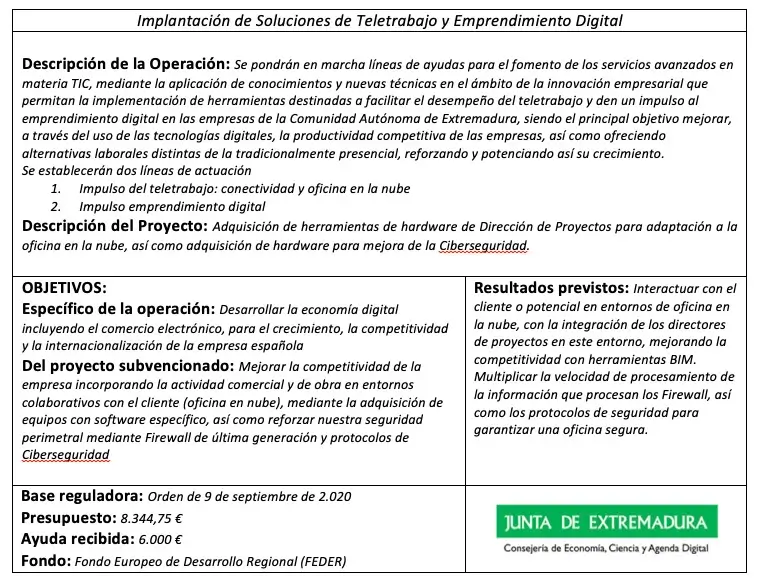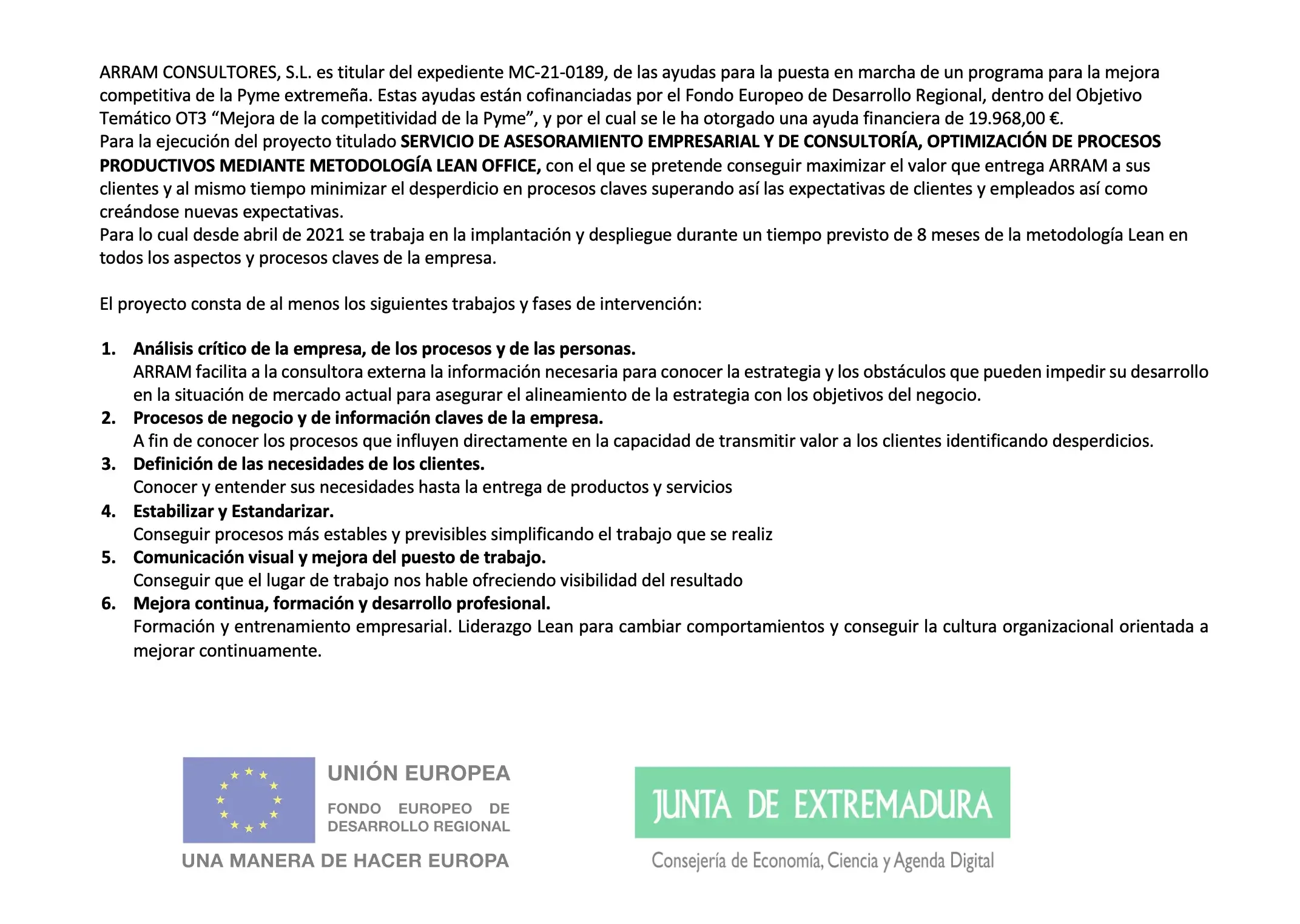2018 was the year that marked the start of the rise of self-consumption, both industrial and residential, with the repeal of the so-called "sun tax," specifically Article 17. Charges associated with the costs of the electrical system from Royal Decree 900/2015, of October 9, which regulates the administrative, technical, and economic conditions for the modalities of electricity supply with self-consumption and production with self-consumption. These charges did not represent a significant penalty on investment, but they became a deterrent tax. At the same time, removing the tax led to a moderate pull effect. Additionally, the Paris Agreement came into force in 2016, and the presentation of the European Green Deal in 2019 motivated the industrial sector to invest in decarbonisation.
 At ARRAM, being very close to industrial clients, we understood that their concerns were based on several aspects:
At ARRAM, being very close to industrial clients, we understood that their concerns were based on several aspects:
1. Lack of knowledge about these types of installations: Considering that each industry is focused on its product, with full dedication to "their own," when they are visited by a large number of salespeople offering things as "strange" as financial leases, PPAs, poly-mono-bi panels..., each with different methods or procedures, it causes a rejection effect in the person receiving the information, who is typically the production manager of the plant.
2. Concerns about rooftop installations, which were difficult to convince despite the guarantees offered by the installation company.
3. Perception that “my neighbour hasn’t done it yet.” After the phase of "mental disconnection" from the industrialist when facing a salesperson talking about things they don’t understand, and when they say they solve the rooftop issue with "infinite" insurance, there remains the difficult argument to counter that "no one in the industrial estate where I am has any installation..."

In the industrial sector, it’s important to understand that decisions of this magnitude are not made in a few weeks. They involve months of interdepartmental meetings before a decision is reached. And while the motivation of securing an energy price for 25 years with renewable generation is a great incentive (especially, as I will explain later, when energy prices are high), I believe the greatest motivation comes from a strategic decision from the President or CEO, aiming to offer the market a sustainable product in line with new times where the client begins to value this contribution.

That’s why 2018-2019 were the years when investment in photovoltaic self-consumption plants in the industrial sector was being “cooked up.” 2019-2020 could be the years for the permitting phase and preliminary studies before obtaining the necessary authorisations. All set for the installation to become a reality in 2020-2021.
Moreover, in June 2021, self-consumption subsidies were published, with percentages of up to 50% of the investment. I have always thought these subsidies were unnecessary, as the so-called incentivising effect already existed in the market, and decision-making, at least in the industrial sector, was not based on subsidies.
The outlook is very promising: we went from 49 MW installed in 2016 to 388 MW installed in 2019, 530 MW more in 2020, and 898 MW in 2021, bringing us to a total of 2,159 MW of industrial self-consumption installed. An increase that has attracted many developer, installation, and service companies that didn’t exist in previous years.
In 2020, the Covid pandemic changed the global landscape, reducing energy demand, and 2021 saw a rise in energy prices. The OMIE average rose from €33.96/MWh in 2020 to €112.93/MWh in 2021. And at the start of 2022, the war in Ukraine triggered an energy crisis that also complicated the prices industries paid for energy, reaching an average of €167.52/MWh with peaks of up to €700/MWh.
This made self-consumption a necessary investment to shield against the uncertainties of the energy market. Installed capacity almost doubled in 2021, from 898 MW to 1,625 MW in 2022.

Finally, 2023 is the first year since 2016 in which a deceleration of installed capacity compared to the previous year is observed. Inflation and rising interest rates have caused many planned installations to be frozen, with resources being directed towards other initiatives. The data for 2024 will also reflect a decrease in installed capacity compared to 2023. This trend reflects the stabilisation of a sector that has seen rapid growth and is now entering a maturity phase, where service-providing companies transition from "processing" clients to actively seeking them, from sending “standard” offers to creating personalised ones, from turnkey contracts to using in-house engineering, from basic to detailed engineering execution.

Industrial self-consumption remains an attractive option for several reasons:
- Reduction of Energy Costs: The ability to generate their own energy allows companies to significantly reduce their operational costs.
- Environmental Sustainability: Self-consumption contributes to reducing greenhouse gas emissions, helping companies meet their sustainability goals. Adopting renewable energy also enhances corporate reputation.
- Energy Independence: Companies opting for self-consumption reduce their reliance on the energy market, providing greater stability and control over operational costs.
- Technological Innovations: Advances in technologies such as energy storage systems are improving the efficiency and reliability of self-consumption.
As an example, a graph showing an almost perfect correlation between the evolution of energy prices, installed capacity, and the annual growth rate. Source: own elaboration.




